a Rosa Badillo 5 éve
181
HE 366 Concept Map Assignment
Caffeine and cannabis are two widely used substances with distinct characteristics and effects. Caffeine, a stimulant, is commonly found in coffee, tea, chocolate, energy drinks, and soda.
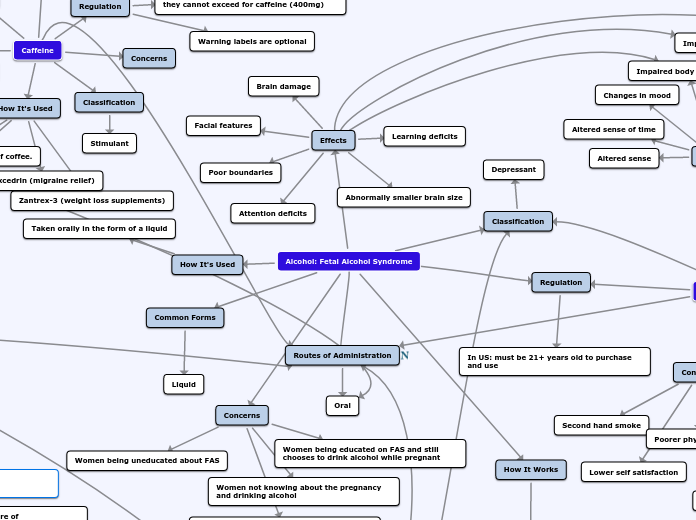
a Rosa Badillo 5 éve
181

Még több ilyen
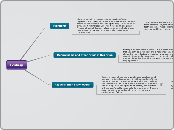

Szerző: Angel Stallcup
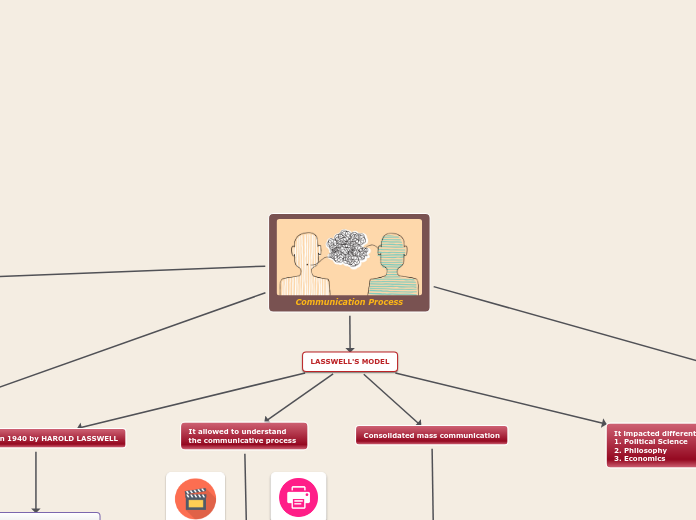

Szerző: Ana Aurora Medina-Murillo
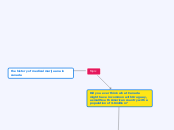

Szerző: Milano Marchese
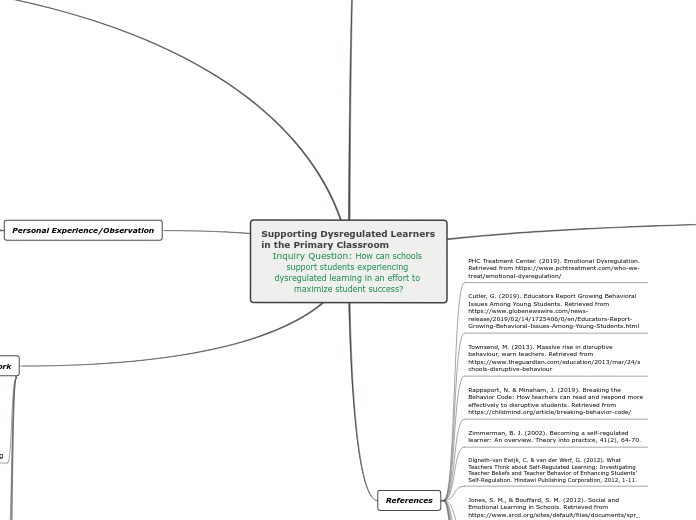

Szerző: Stephanie French